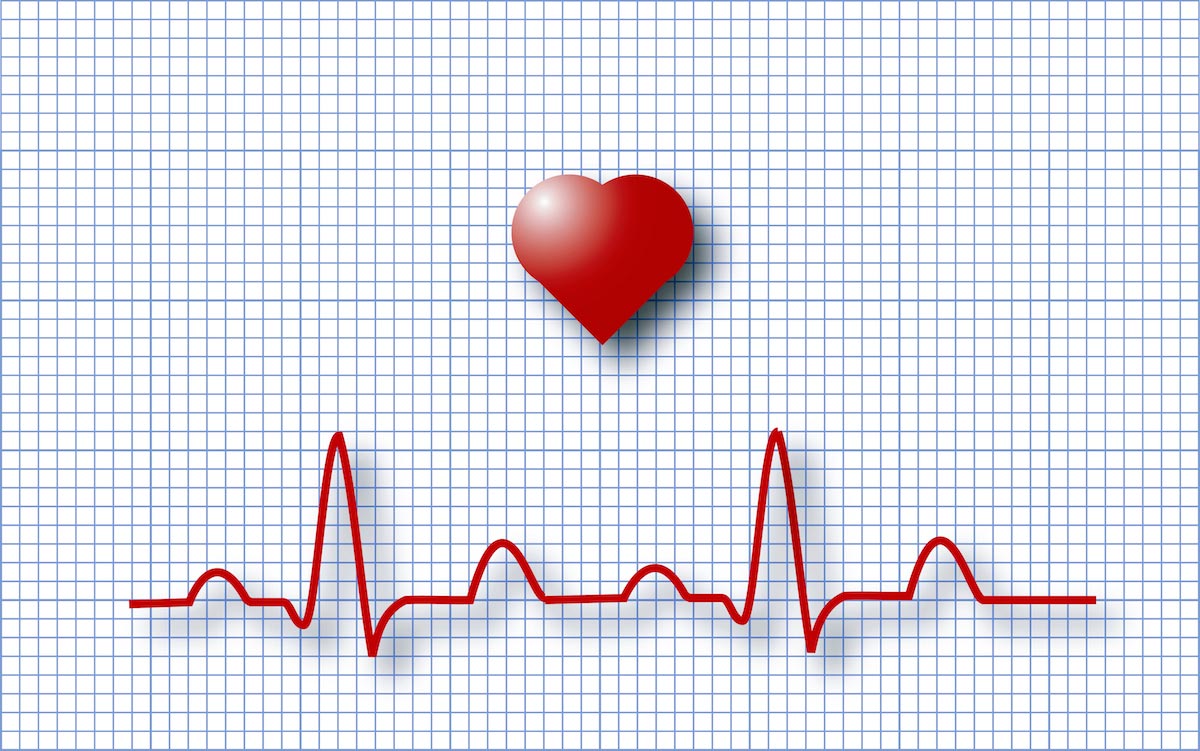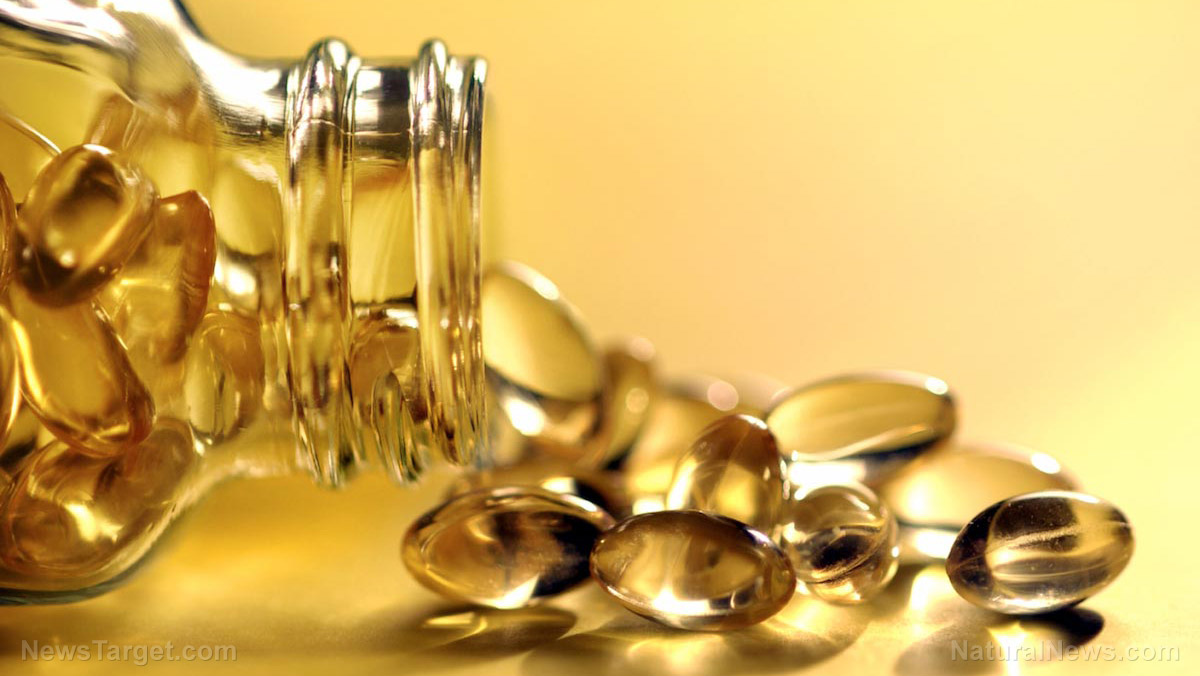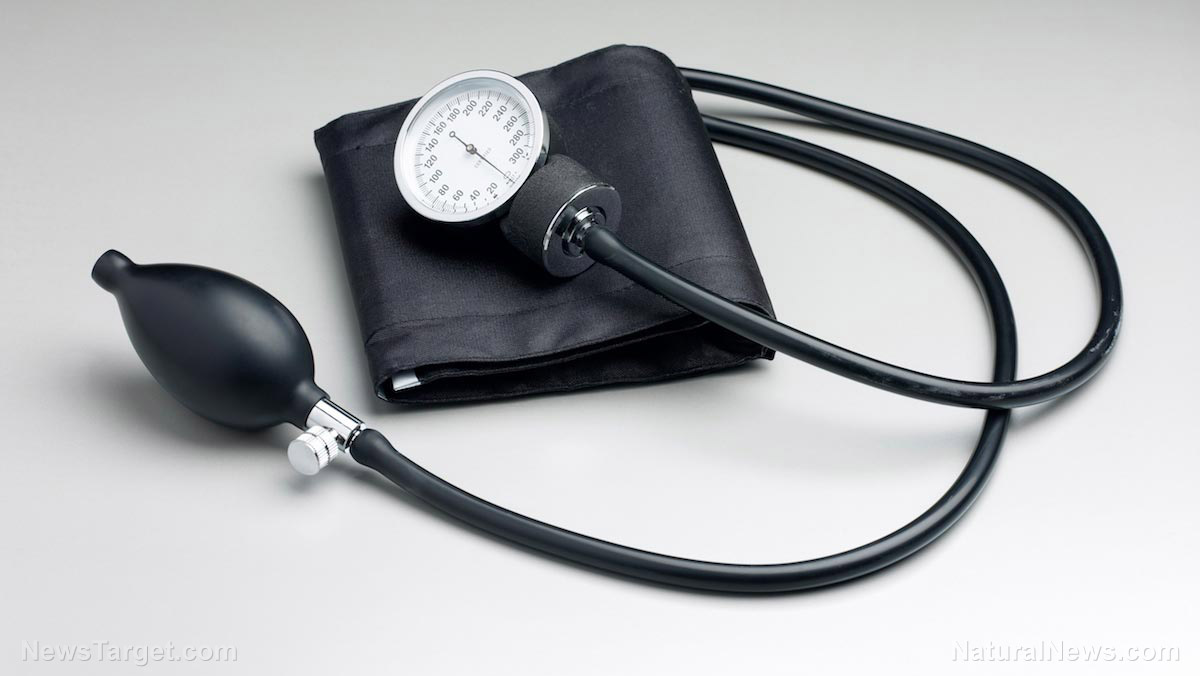Vitamin D found to reduce risk of death for those with heart disease
03/23/2018 / By Isabelle Z.

When you find out that you or a loved one has heart disease, panic is an understandable reaction. After all, it’s the leading cause of death in the U.S. and many other countries. Despite this ominous status, however, there are several things you can do to stack the odds in your favor. You’re probably already aware that diet and exercise can help, but a new study has found that one particular nutrient can reduce the risk of death among those suffering from heart disease: Vitamin D.
Heart disease encompasses several problems, many of which are related to the narrowing of the arteries known as atherosclerosis. These include heart attack, stroke, arrhythmia, heart failure, and valve problems. While these problems are notoriously difficult to treat, the new study from the University of Bergen shows that sufferers can reduce their risk of death from heart disease by as much as 30 percent with help from the vitamin.
The study followed 4,000 cardiovascular disease patients over the course of 12 years. They were 62 years old on average when the study began. According to their findings, those who have blood values of vitamin D in the range of 42 to 100 nmol/liter can enjoy the mortality-reducing benefits; those whose values are higher or lower have a greater risk of succumbing to heart disease.
Study lead author Professor Jutta Dierkes said that it’s difficult to say precisely how much a person needs to supplement as this depends on your geographic language and the type of diet you eat. In Norway, where the study was carried out, the recommended intake is 10 micrograms per day, while the U.S. recommends 15 micrograms and Germans are told to get 20 micrograms. Norwegians might get less sun than Germans, but their diet is higher in fish.
Dierkes suggests that people with cardiovascular disease have their vitamin D levels checked to determine whether supplementation is a good idea. However, it’s important to keep in mind that levels can vary by season. They tend to be lower in winter months and higher in summer, for example.
Sources of vitamin D
The good news is that you can increase your intake of this life-saving vitamin without spending a cent. It’s simply a matter of spending short periods of time outdoors with your forearms, hands or lower legs exposed while the sun is out. That’s because the sun induces your body to produce vitamin D.
The amount of time you need to spend outdoors varies from person to person, with factors like skin tone and the amount of skin exposed playing a role. Those with darker skin tones, for example, will need to spend a longer time outside. As a general guideline, however, 15 to 20 minutes a few times a week is enough for most people. While it’s not possible to make too much vitamin D from exposure to the sun, it is important to cover up before you start to burn.
According to the NHS, sitting inside near a sunny window won’t help because the UVB rays your body needs in order to make vitamin D do not pass through glass. Sunscreen also prevents your body from getting the benefits, so you shouldn’t wear any before heading outdoors if your goal is boosting vitamin D intake; you can always apply some after you’ve gotten enough exposure if you plan to be outdoors for longer.
You can also get vitamin D from foods like sardines, salmon, herring, and other oily fish, as well as eggs and red meat, but getting enough through diet alone is difficult. Supplements are also available.
Heart disease is a huge wake-up call that should inspire you to take a serious look at your lifestyle, but upping your vitamin D intake is a good first step toward minimizing the damage. Even if you don’t have this illness, it’s still worth going out of your way to get enough vitamin D because it can prevent not only heart disease but also cancer and diabetes.
See more news headlines on vitamin D at VitaminD.news.
Sources for this article include:
Tagged Under: atherosclerosis, cardiovascular disease, diabetes, disease treatments, heart disease, heart health, natural remedies, nutrients, nutrition, prevention, stroke, sunlight, vitamin D, vitamins




















